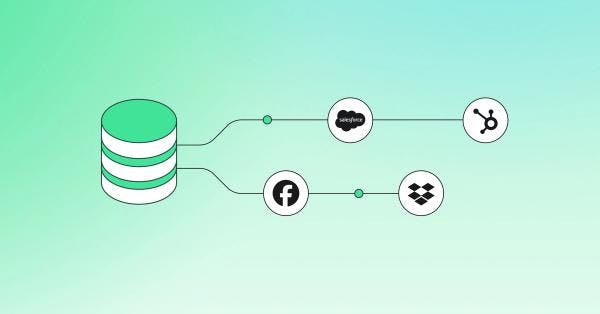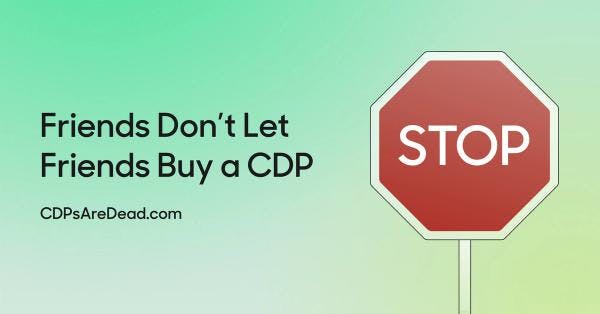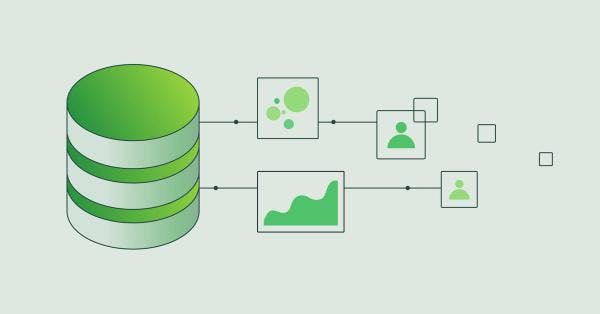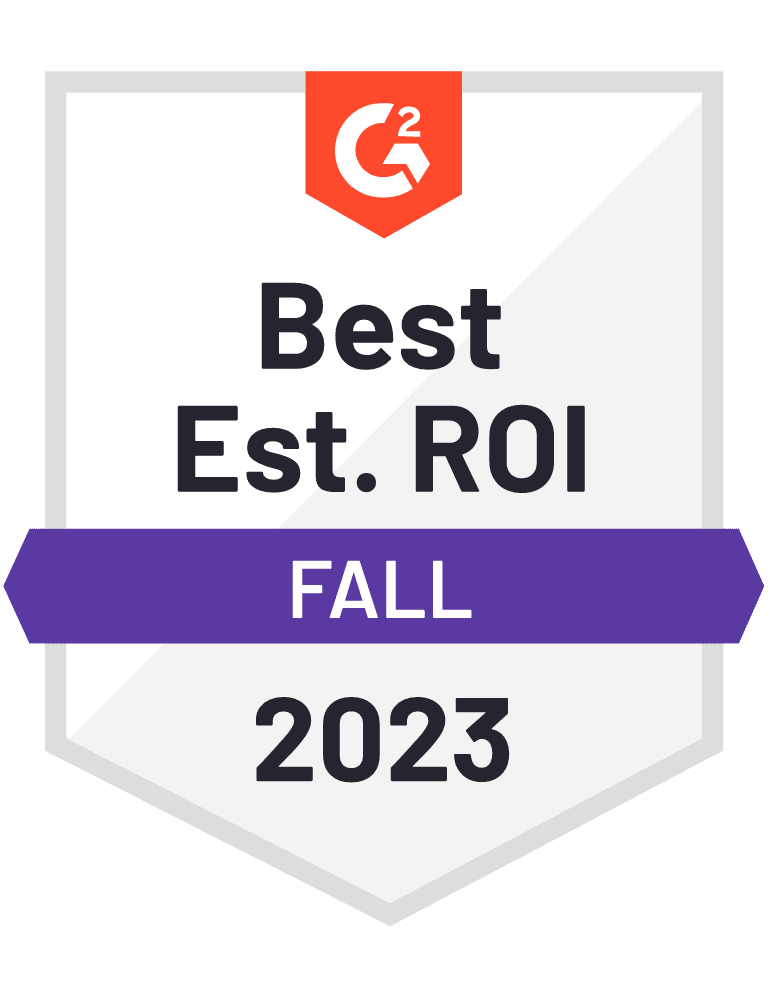Is Your CDP Holding You Back? Signs You Should Move On
Regardless of your past investments, Customer Data Platforms often fail to meet your needs. It may be time to explore a new approach.

Andrew Jesien

Nate Wardwell
January 3, 2024
8 minutes
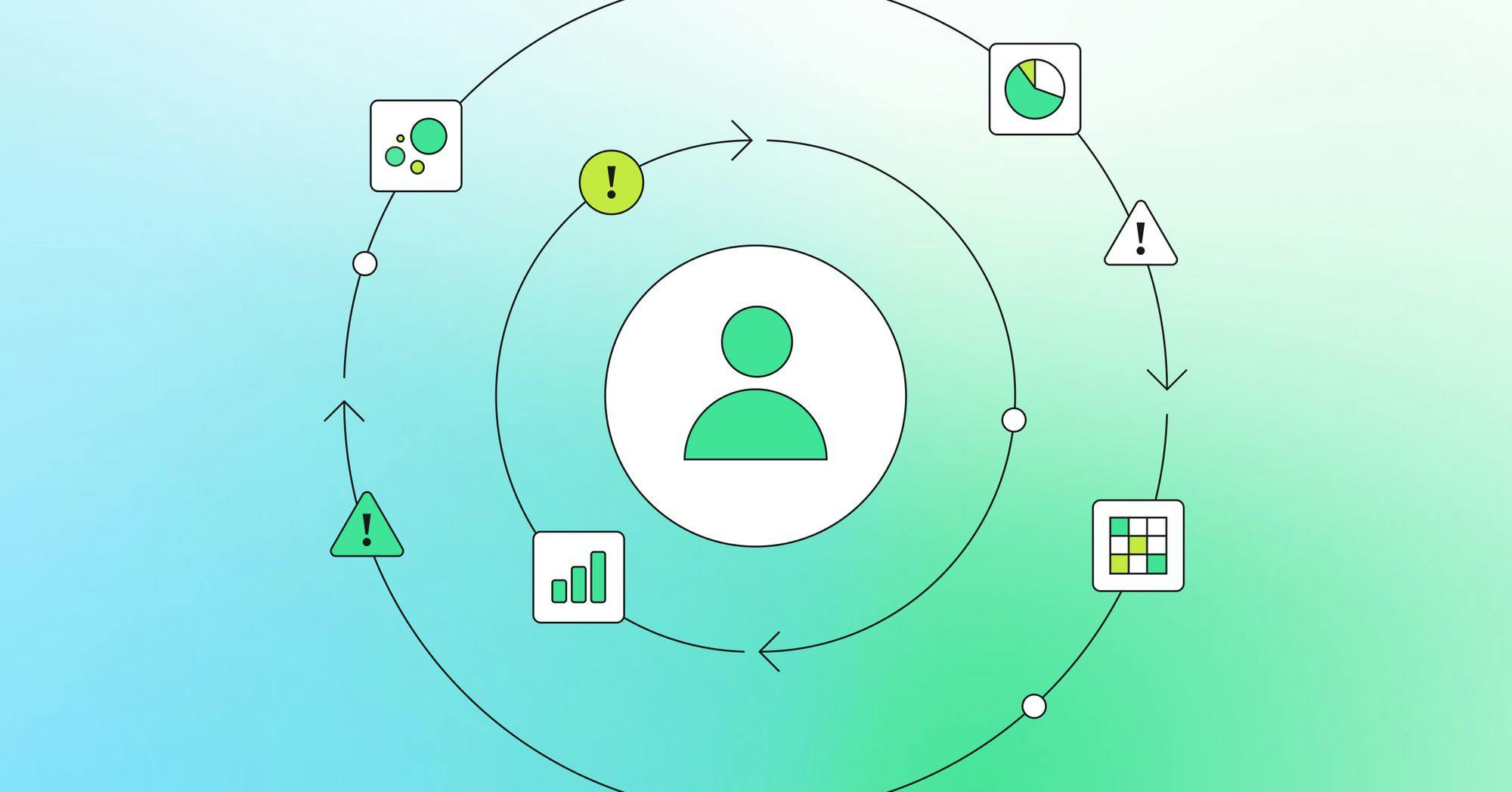
If you have a Customer Data Platform (CDP) right now, chances are, your company spent months–or even years–and serious amounts of money evaluating your options, implementing the CDP, and then training teams across the company on how to use it. With so much invested, it's painful even to consider: what if your CDP isn’t the right solution anymore?
If you've read any of our content, you're probably familiar with our perspective on traditional CDPs. While we agree with the problems that traditional CDPs set out to solve, we have pioneered a new architecture dubbed the Composable CDP that centers entirely on an organization’s data warehouse. Since its introduction, the Composable CDP has taken the enterprise CDP industry by storm and has fundamentally changed how leading organizations like Cars.com, Chime, and The Zebra manage customer data.
This article will outline some common shortfalls associated with traditional CDPs. If you’re experiencing these failures, there’s a good chance your company could better accomplish its goals by leaving your traditional CDP behind and exploring a Composable approach - no matter how much time and money you’ve invested into it.
Your CDP Doesn’t Deliver the Results You Need
The first category of issues you could encounter revolves around how you use your CDP. Chances are, you bought a CDP to help you solve issues like building Customer 360 profiles and then personalizing marketing campaigns. While CDPs can do this at a basic level, we often hear from our customers about a few key places their CDPs fell short– and where we can better serve them with a Composable CDP.
Your data is a blocker for launching new campaigns
What good is a great campaign idea if you can't even launch it? We’ve heard from many marketers that their new ideas immediately run into roadblocks due to the data in their CDP.
Traditional CDPs often have a one-size-fits-all approach to data, which cannot be customized to each individual business. Instead, they typically rely on rigid data models that categorize everything as either a “user” or an “event.” True personalization in practically any industry requires more customization behind the scenes than traditional CDPs provide out of the box, such as using custom entities or related objects like “households” or “accounts.”
If you have to wait for your data team (or worse, your CDP’s professional services team) to get you access to data for a campaign, your CDP isn’t flexible enough. The Composable CDP, however, runs directly off of your data warehouse or lakehouse and, therefore, can exactly match your custom data needs. If data exists, you can use it for your campaigns immediately.
You don’t trust the data in your CDP
Traditional CDPs store a limited snapshot of customer data collected from digital touchpoints like websites and mobile applications. Data, analytics, and finance teams work with a much richer source of truth directly in their data warehouse. The traditional CDP data store is, by definition, incomplete and limited– so if you have marketers quoting unreliable data or, worse, not trusting the data they interact with daily, you’ve run into a fundamental limitation of the technology you’ve purchased.
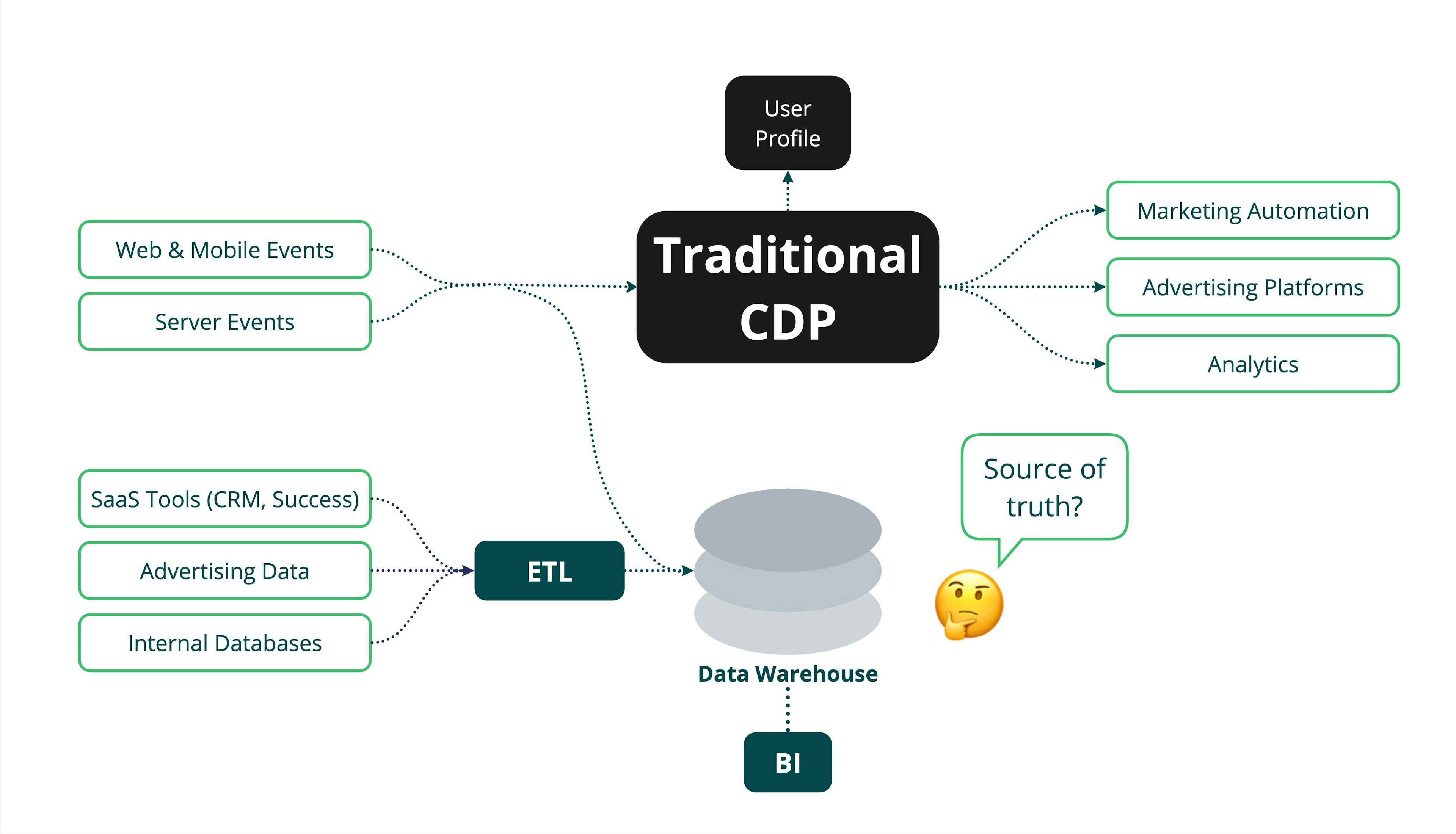
Marketers aren’t actually using your CDP
Ask around your company: Who actually interacts with your CDP daily? The promise of CDPs is that they make data-driven campaigning accessible to marketers and advertisers. If your marketers and advertisers aren’t actually using the platform much, that’s a pretty obvious red flag that the platform is either too hard to use or not powerful enough to drive the types of campaigns they want to run.
There’s no guarantee that marketers will actually use any tool, including a Composable CDP, but we’ve seen consistently high adoption from marketers with a Composable CDP because of its power, flexibility, trusted data, and ease of use.
Your CDP is Too Expensive
The second major category of failures for CDPs stems from another fundamental problem: they are expensive packaged monoliths. CDP costs can quickly outweigh the benefits they drive and create other problems for your organization.
Generally, the Composable CDP is far more affordable than traditional CDPs– you just purchase the features you need to utilize your customer data without any bloated shelfware and don’t pay for duplicative data storage in a separate silo.
Your CDP costs exceed the ROI it drives
This is the classic challenge with any tool your team purchases: are you getting enough value from it to justify the cost? This problem is acute with traditional CDPs because their costs are so outrageously high. You need to use your CDP a lot to reach a point where your return on investment is positive. When you evaluated the platform, undoubtedly, you had many use cases you hoped it could drive.
Periodically, take a step back. Is the CDP doing everything you hoped it could? Do those benefits justify the cost of the platform?
With the Composable CDP, it’s easy to keep costs in line with your ROI because each feature can be purchased separately and billed based on usage metrics, so you only pay for what will actually give you value.
You’re only using a fraction of your CDP’s offerings
Traditional CDPs are packaged platforms, so you inevitably pay for features that aren’t central to your needs. For example, maybe you’re using your CDP for identity resolution, but you’re not using its audience builder. By taking an inventory of the major features of your CDP vs. the features you’re actively using, you can see if you’ve been locked into a product far more expensive and expansive than you need.
The Composable CDP lets you choose your desired products and features without paying for the ones you dont.
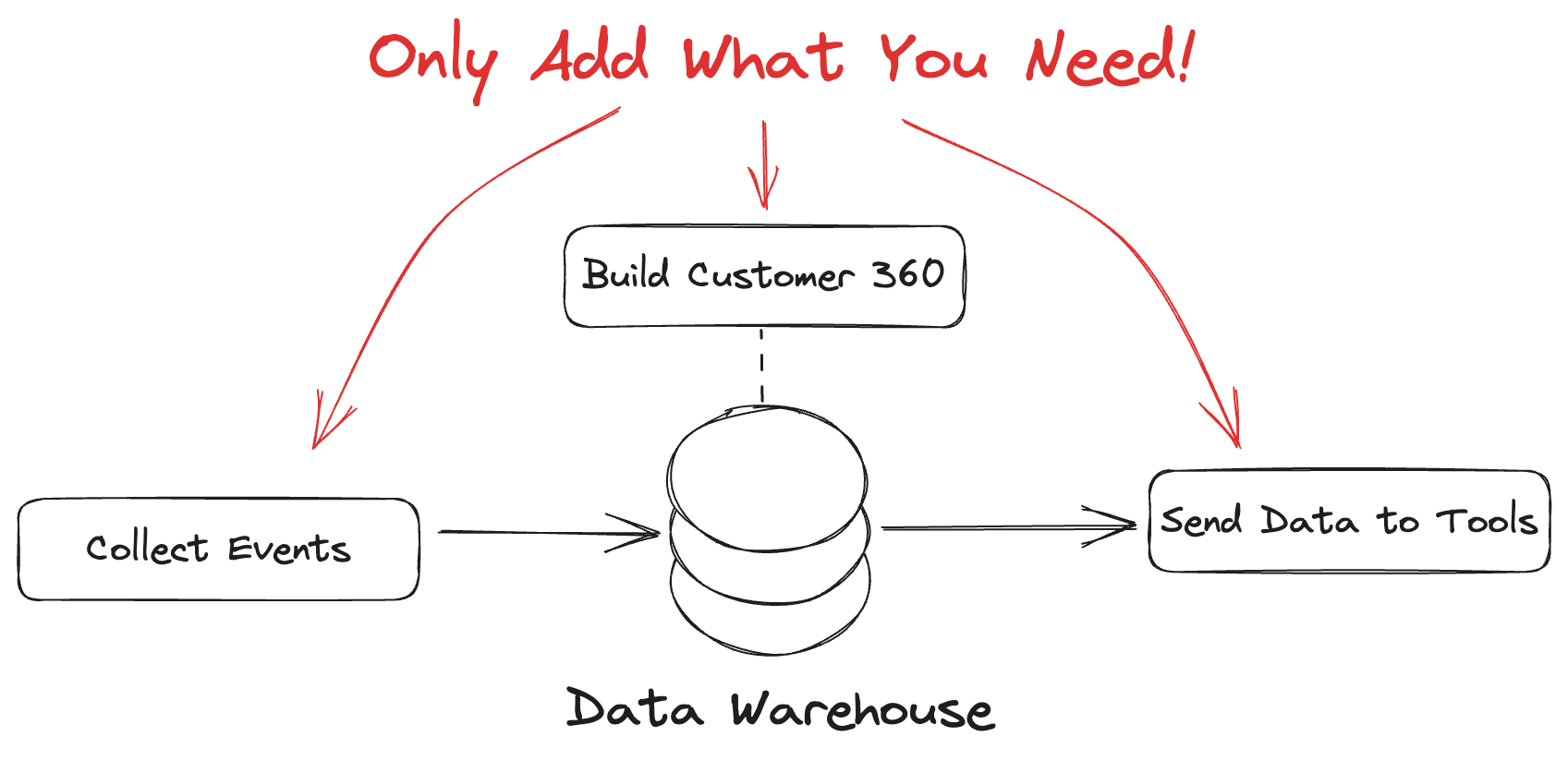
You’re paying for redundant or overlapping vendors
This point is correlated with the feature bloat of traditional CDPs. These vendors package many features but are rarely the best possible provider for each feature. Many companies wind up purchasing different tools that are actually redundant with parts of their CDP because they perform better than the monolithic platform. An interesting example is when companies have a CDP, which can sync data into ad platforms but also pay for data onboarding providers like LiveRamp, who have a separate process to upload and enrich data before sending it to ad platforms.
When you find yourself incurring higher software costs due to redundant features in your current CDP, it's a sign that the platform might not be meeting your expectations. Instead, with a Composable CDP, you can select only the essential, high-quality components relevant to your specific requirements, leading to cost savings and more efficient use of your valuable resources.
Exploring Alternatives to your CDP
Leaving a vendor that you’ve sunk significant time and money into is painful and requires a meaningful cultural shift at your organization. It can be daunting to get started, but the beautiful thing about the Composable CDP architecture is that it’s iterative. In other words, you can start small and test the Composable CDP for individual use cases to validate your approach before entirely abandoning your traditional CDP. That’s why we like to say it’s the only CDP you can truly POC.
At Hightouch, we’ve helped many enterprises work through this transition, starting small and doubling down on the Composable architecture when it delivers better value for them. We offer free proofs-of-concept and can help with your major CDP use cases, such as event collection, identity resolution, and data activation.
Reach out to us today to discuss your current CDP and see how we can help you explore a better way to manage customer data.
